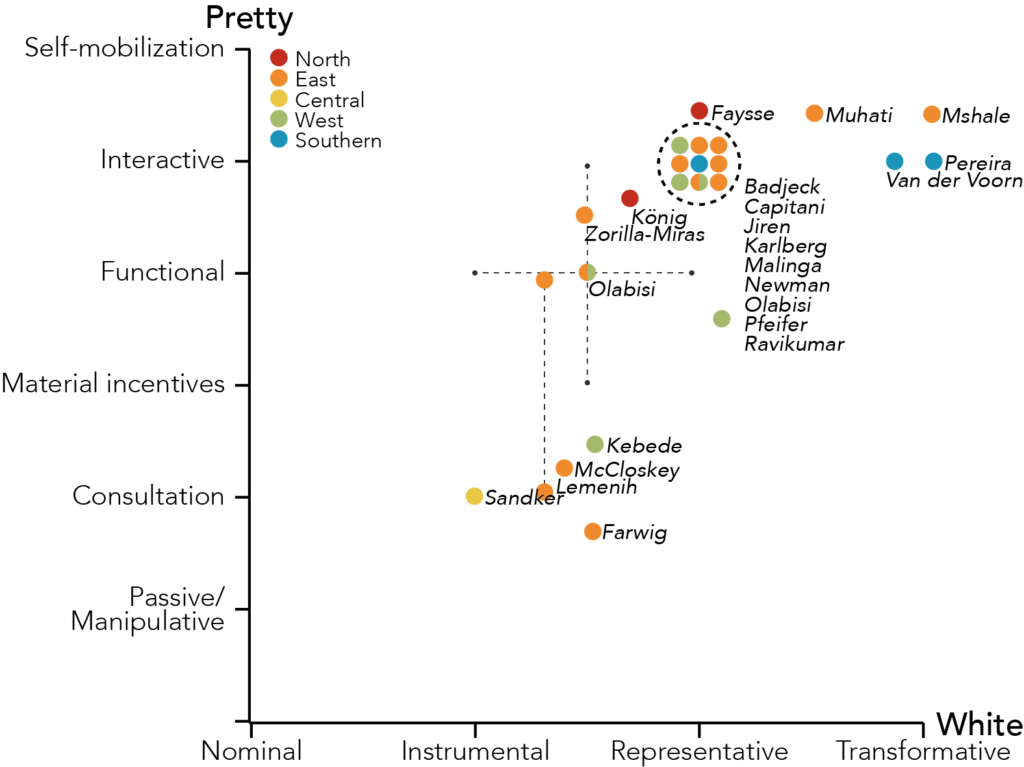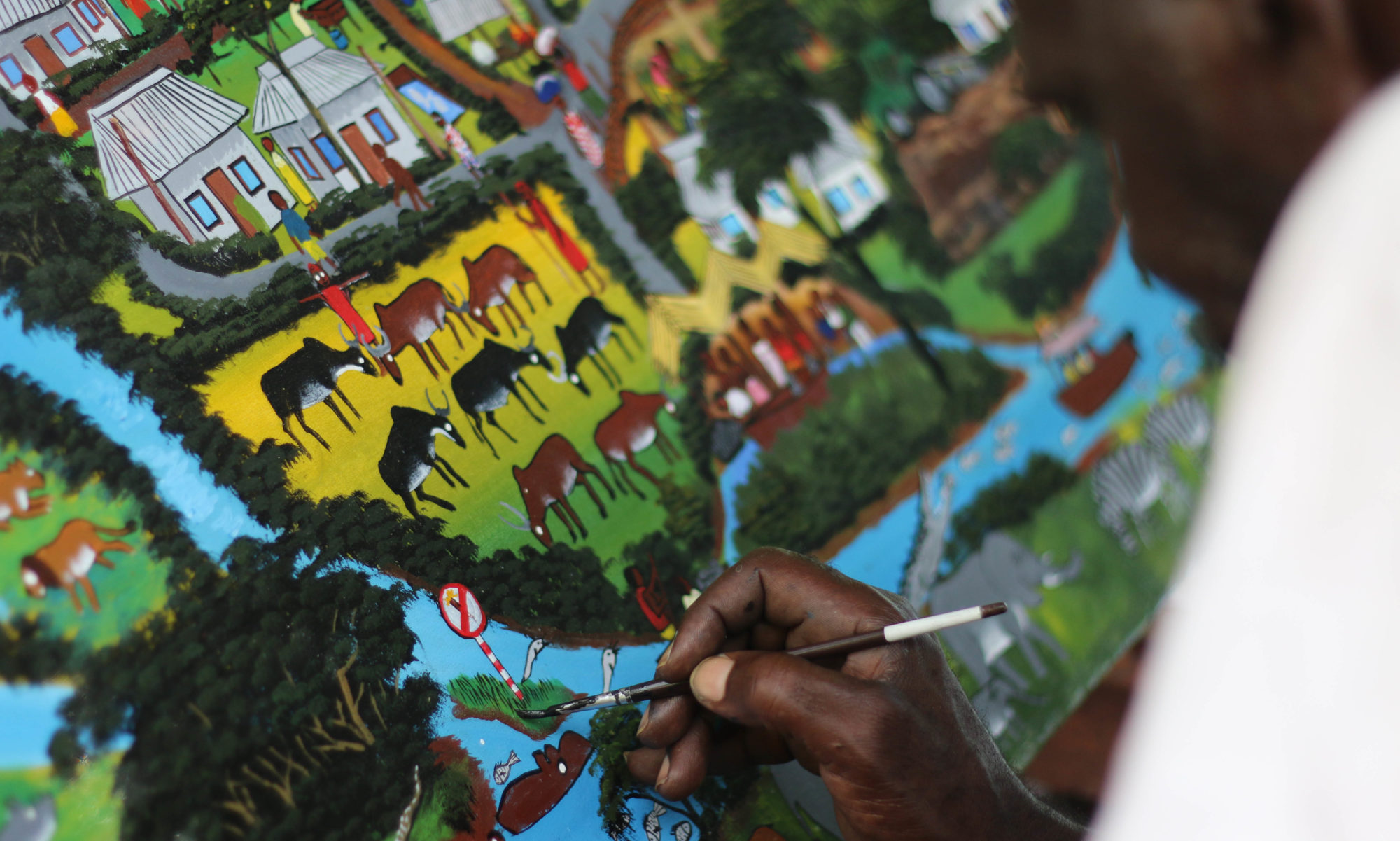I wonder how many review articles that have been written since the Covid-19 pandemic started? Since my new postdoc project started about the same time as the pandemic, it “forced” me to stay at home and browse the field of research that has been conducted in the context I am interested in. So, instead of just waiting to go to Tanzania, I did two things: I wrote a review article about “Participatory futures thinking in the African context of sustainability challenges and socio-environmental change“, and I tried the futures thinking method to develop and visualize just and sustainable futures in the Swedish context of carbon farming (more about this in a future post once the study is published).
Futures thinking is a key competency in sustainability studies, and the field is currently experiencing a strong surge in participatory scenario development and visioning approaches. Sub-Saharan Africa has a particularly long history of participatory approaches to development; however, the same participatory approaches have often faced critique for lacking the potential to stimulate empowerment and social change. To explore these contradictions, I systematically reviewed the use of participatory scenario development and visioning in sustainability and socio-environmental change research in the region between 2011 and 2021.
The analysis of the review article is structured around three key questions: Who participates, in what, and for whose benefit? Of the 23 reviewed studies, most focused on exploratory scenarios and aimed to understand trade-offs and future risks to identify sustainable pathways to alternative futures. Fewer scenarios were normative and aimed to imagine futures beyond current societal structures and values, and thereby radically challenge the status quo (e.g., business as usual, current socioeconomic systems) by including solutions to power imbalances and injustice. Most scenario development processes engaged a wide range of participants (in terms of power and agency) because this strategy was meant to facilitate knowledge co-production and understanding between (sometimes) conflicting stakeholders. In the end, most scenario development processes strived for consensus and compromise regarding which futures were wanted and which futures were to be avoided.
The figure below summarizes what types of participation was offered in the futures thinking and scenario development process of the reviewed articles.
Figure 2 in Johansson (2021). Assigned participation typologies for each reviewed paper based on typology features provided by Pretty (1995) and White (1996). Colors indicate the geographical location of the study in sub-Saharan Africa, and labels are based on the first author’s name. Dashed lines on specific points indicate that those studies are categorized in two typologies (e.g., Lemenih used both consultational and functional participation, but not participation for material incentives). The dashed circle encloses a cluster of studies that are all classified as interactive and representative.

Based on this review, I challenge what is often considered “best practice” in sustainability discussions by raising some limitations of mixing a wide range of stakeholders in the futures thinking process. Although such mixing is considered to enhance mutual understanding and conflict resolution, it might also limit the potential to stimulate radically different futures that would benefit the vulnerable and marginalized through challenging the status quo. My findings provide guidance for researchers and other actors who intend to use or develop methods for exploring innovative solutions for more just and sustainable futures in different areas and contexts of sustainable development.
For a closer look, read the article here (fully accessible and free of charge for everyone)
